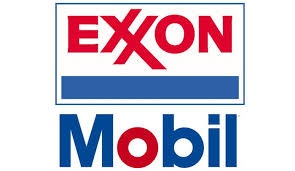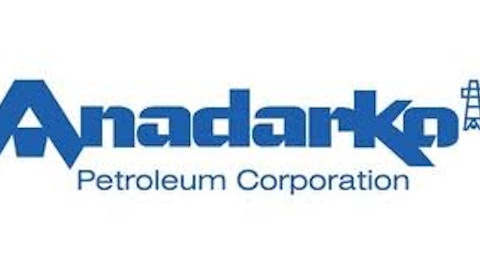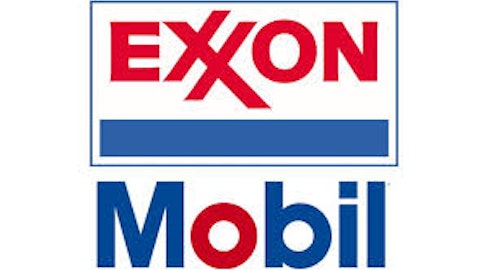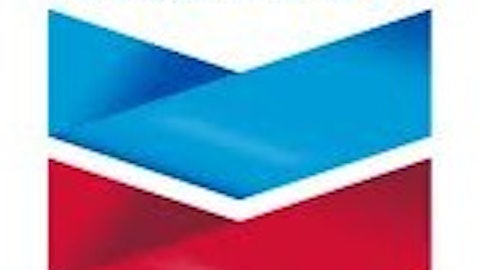
Exxon Mobil Corporation (NYSE:XOM) is the most valuable oil company by market capitalization. The company has invested in key North American shale hot spots like North Dakota’s Bakken region and Canada’s Kearl oil sands, though those investments are still in the early stages. On Thursday, the company reported its lowest quarterly profit in more than three years, as net income fell by 57% compared to the year before. A dip in upstream production combined with weaker refining margins and volumes also saw quarterly revenues fall from $127 billion last year to $106 billion this year. Exxon Mobil is continuing its drive towards geographical diversification as its partnership with Rosneft recently achieved key milestones.
Royal Dutch Shell plc (ADR) (NYSE:RDS.B) recently named Ben van Beurden as its new CEO. The company’s second quarter net income fell by 19.2% primarily due to environmental and political pressures that it faces in Nigeria, where it gets 9% of its world production. On the bright side, Alberta’s energy regulator has recommended approval of Shell Canada’s plan to expand its oilsands production. Five new projects are set to start over the next 18 months and the company invested $11.3 billion during the second quarter of 2013 to help it meet its aim of improving cash flow.
Chevron Corporation (NYSE:CVX), much like its peers, reported a 26% drop in quarterly profits due to thin refining margins and weak oil prices. The company expects output to increase by up to 25% by 2017, however. It plans to achieve this by completing projects which are underway in Australia for liquefied natural gas (LNG) along with marketing LNG from from Kitimat project in British Columbia. Furthermore, Chevron has also signed a $1.5 billion shale oil deal with Argentina’s state-run energy company YPF.
Financial Comparison
| Indicator | Exxon Mobil | Shell | Chevron |
|---|---|---|---|
| P/E TTM | 9.4 | 8.1 | 9.4 |
| Forward P/E | 10.5 | 11.9 | 9.6 |
| PEG Ratio | 3.0 | 4.8 | 0.0 |
| Operating Margin % TTM | 16.5 | 10.2 | 18.7 |
| Dividend Yield , % | 2.54% | 5.21% | 2.96% |
| Return on Equity | 27.7 | 14.6 | 19.5 |
| Current Price | $92.46 | $66.79 | $124.87 |
Data from Morningstar and Financial Visualizations on August 4th, 2013
The industry has an average price to earnings value of 8.8, making Exxon Mobil Corporation (NYSE:XOM) and Chevron Corporation (NYSE:CVX) overvalued. Shell is the largest European oil producing company; while being undervalued, it also offers a 5.21% yield with a payout ratio of 41.5%. Future valuation is clouded by the volatile oil prices which will affect all oil producers.
What is invaluable at this moment is efficiency, and Shell is beaten in metrics which evaluate efficiency such as return on equity and operating margin. Unless and until the company can minimize shutdowns and oil theft in Nigeria, low values for these metrics will continue to dent investor confidence.
The important factor while investing in oil stocks is that a single quarter must not be interpreted out of context as short-selling is not the prime objective. That being said, while Exxon Mobil Corporation (NYSE:XOM) and Chevron Corporation (NYSE:CVX) have not performed particularly well in the latest quarter, their long term perspectives are secure because of the company’s investment into future production of oil and LNG. Chevron in particular has already spent a significant amount of money in the second quarter of 2013 to initiate new projects for the future. That being said, Exxon Mobil can also not be discounted due to the vastness of operations and earnings smoothing which come along with it.
Verdict
Energy price forecasts are highly uncertain, and the current values of futures and options contracts suggest that prices could differ significantly from the forecast levels. Unfortunately, these are also the single largest factor which determine an oil company’s earnings and consequent performance on the stock market. Demand for oil should grow a little slower than the global economy. Unless the world starts to boom—an unlikely scenario, given problems in Europe and the United States—production capacity will grow faster than demand, pulling prices down. For this reason, it is important to remain cautious about the prospects of oil stocks in the long run. I’d advise holding the three stocks despite Shell’s phenomenal dividend payout – a bitter pill to swallow.
The article A Bitter Pill To Swallow – Here’s Why You Should Be Cautious about Oil originally appeared on Fool.com and is written by Awais Malik.
Awais Malik has no position in any stocks mentioned. The Motley Fool recommends Chevron. Awais is a member of The Motley Fool Blog Network — entries represent the personal opinion of the blogger and are not formally edited.
Copyright © 1995 – 2013 The Motley Fool, LLC. All rights reserved. The Motley Fool has a disclosure policy.





